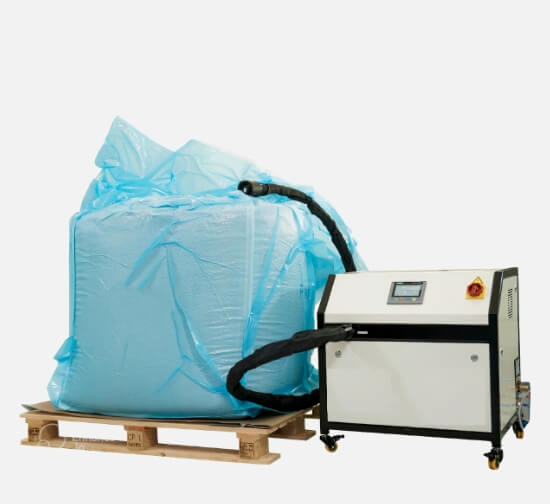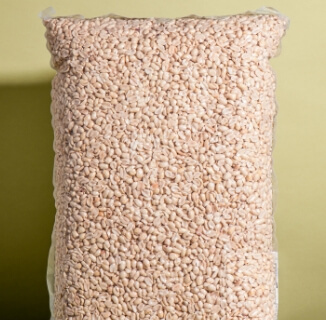



Agrofoods global image caption
The science behind our peanuts
So you can be sure our products will always be at their best.
WaterdropletsS.jpg)
By measuring the moisture and size of our kernels, we can assess just how fast their quality could degrade under condensation.
VesselwithcontainerinblueoceanS.jpg)
High relative humidity contributes to rapid condensation, so we work to tackle weather-related challenges as well.

When silica gel packages become overloaded they burst, leaking condensed water and damaging cargo by feeding aflatoxin growth.
VesselwithcontainerS.jpg)
Our loading techniques ensure containers are able to withstand water ingress, with proper lashing, stuffing, and handling during cargo transfer.
